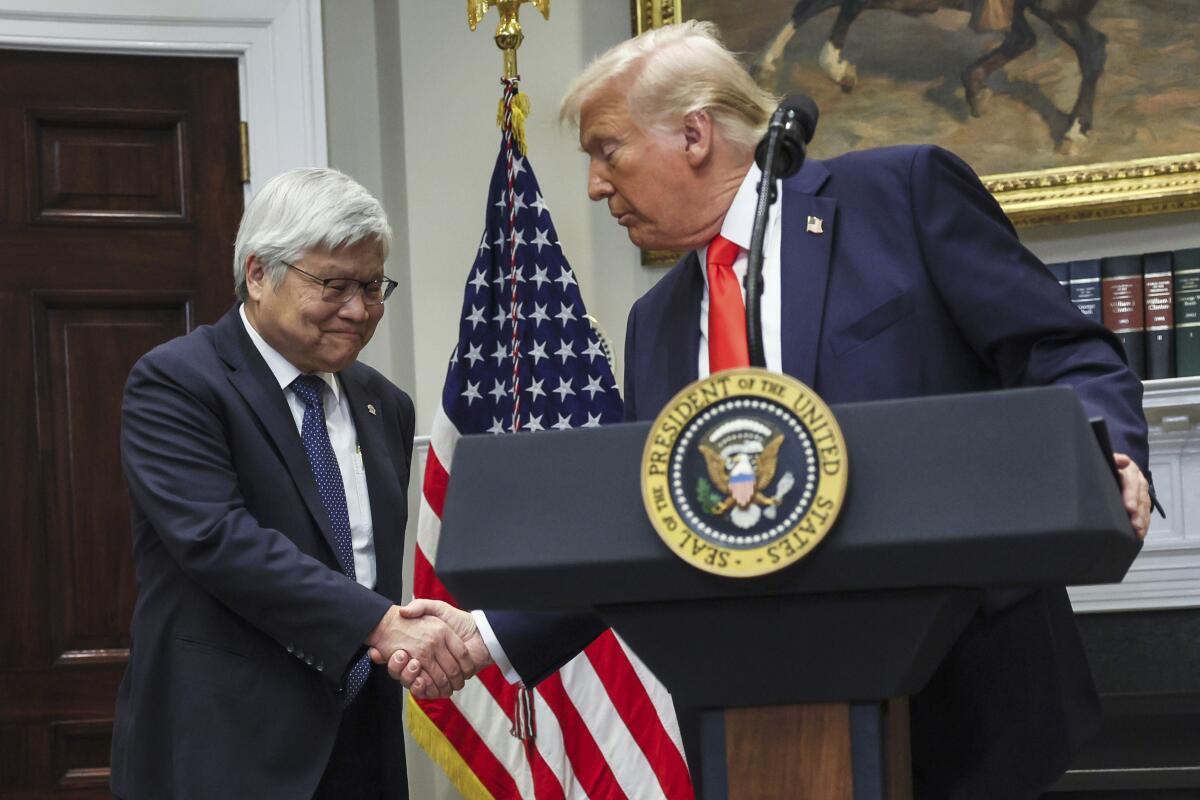
Shao Yuqun, Director, Institute for Taiwan, HK and Macau Studies, Shanghai Institutes for International Studies
Apr 11, 2025
If the Trump administration remains oblivious to the dangers and provocations of Lai Ching-te’s policies, the confrontation between Beijing and the United States over the island will intensify.
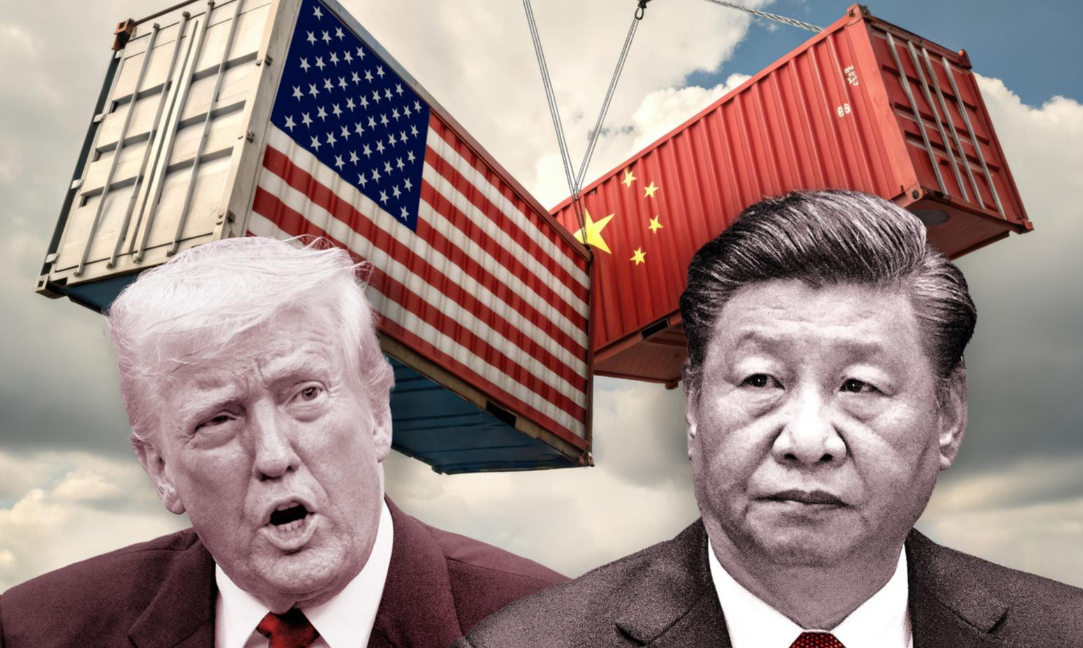
David Shambaugh, Gaston Sigur Professor and Director of China Policy Program at George Washington University, Distinguished Visiting Fellow at Hoover Institution of Stanford University
Apr 09, 2025
The second Trump administration’s China policies have thus far been very opaque and difficult to discern. However, in recent weeks a variety of indicators are beginning to make them clearer—and one dominant theme emerges: China will be viewed as America’s principal adversary.
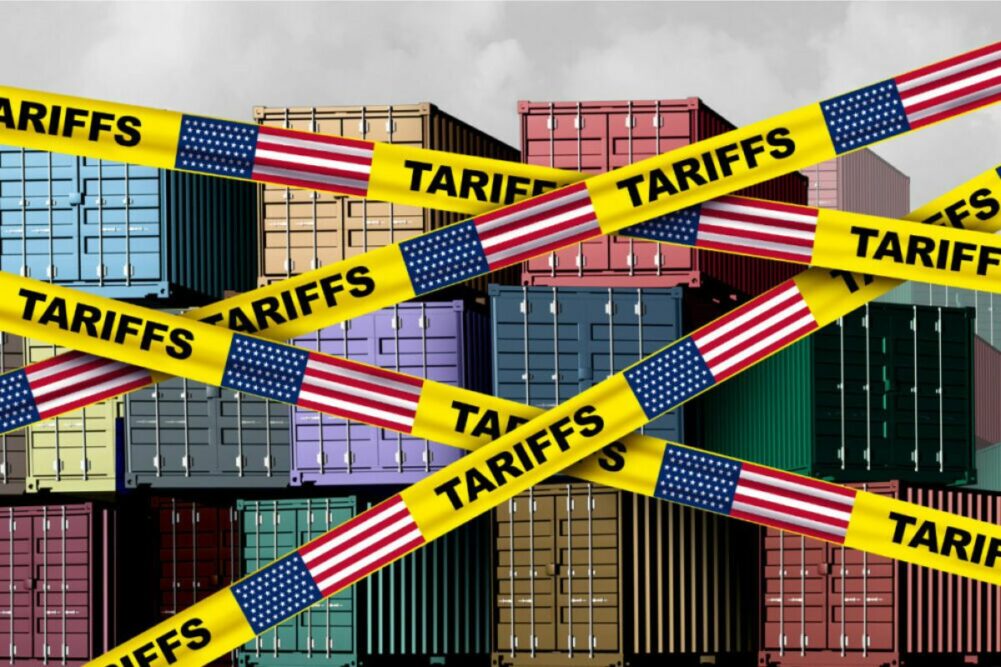
Zhang Monan, Deputy Director of Institute of American and European Studies, CCIEE
Mar 20, 2025
The introduction of reciprocal tariffs represents a pivotal shift in U.S. trade policy. The move from multilateral trade engagements to bilateral or regional agreements is a strategic effort to redefine international trade and ultimately give the United States an advantage.
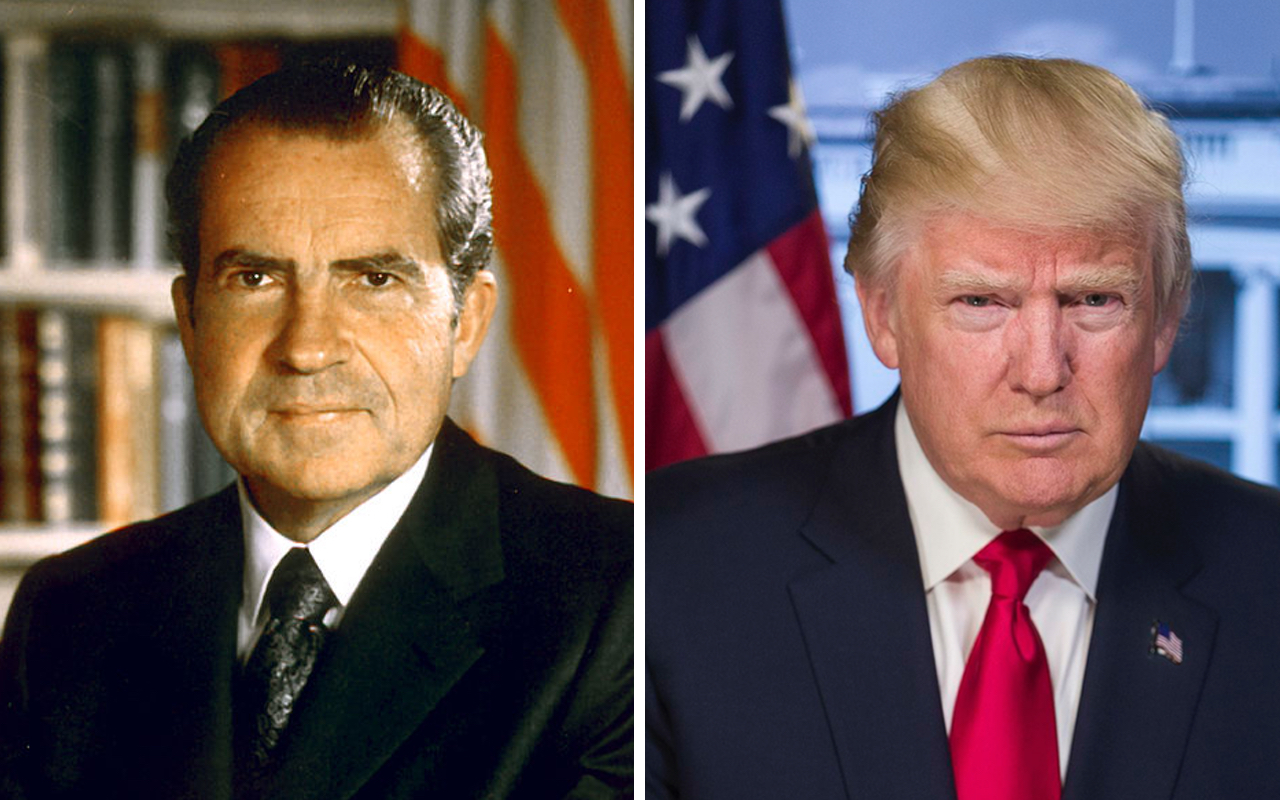
Brian Wong, Assistant Professor in Philosophy and Fellow at Centre on Contemporary China and the World, HKU and Rhodes Scholar
Mar 14, 2025
Trump’s foreign policy moves have been polarizing to say the least - but with competing voices within his own cabinet involved, the strongman approach may not be the ultimate outcome of the early administration’s moves.

Philip Cunningham, Independent Scholar
Mar 14, 2025
Talks are underway for a U.S.-China summit this spring, with the choice of venue crucial to balancing Trump’s unpredictability and Xi’s preference for control. Hawaii and Hainan stand out as potential neutral sites, offering luxury, security, and a level playing field for both leaders.
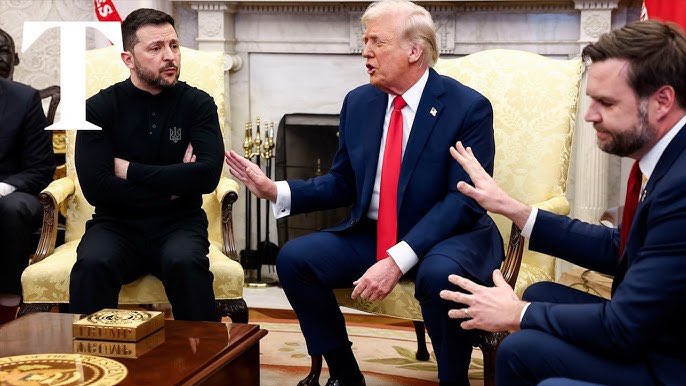
Philip Cunningham, Independent Scholar
Mar 07, 2025
Trump’s Oval Office ambush of Ukrainian President Zelensky highlights the unpredictability and volatility of U.S. diplomacy under his second term—an unsettling prospect for China as it prepares for a potential Trump-Xi summit. With Trump emboldened and increasingly unpredictable, China may face new challenges in navigating an engagement with a leader who thrives on disruption.
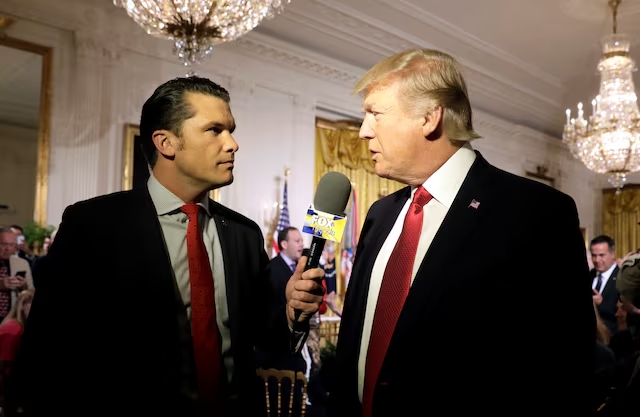
Brian Wong, Assistant Professor in Philosophy and Fellow at Centre on Contemporary China and the World, HKU and Rhodes Scholar
Mar 04, 2025
Peter Hegseth’s inability to name an ASEAN country underscores the Trump administration’s broader indifference to Southeast Asia, favoring trade protectionism, military burden-shifting, and transactional diplomacy over sustained regional engagement.
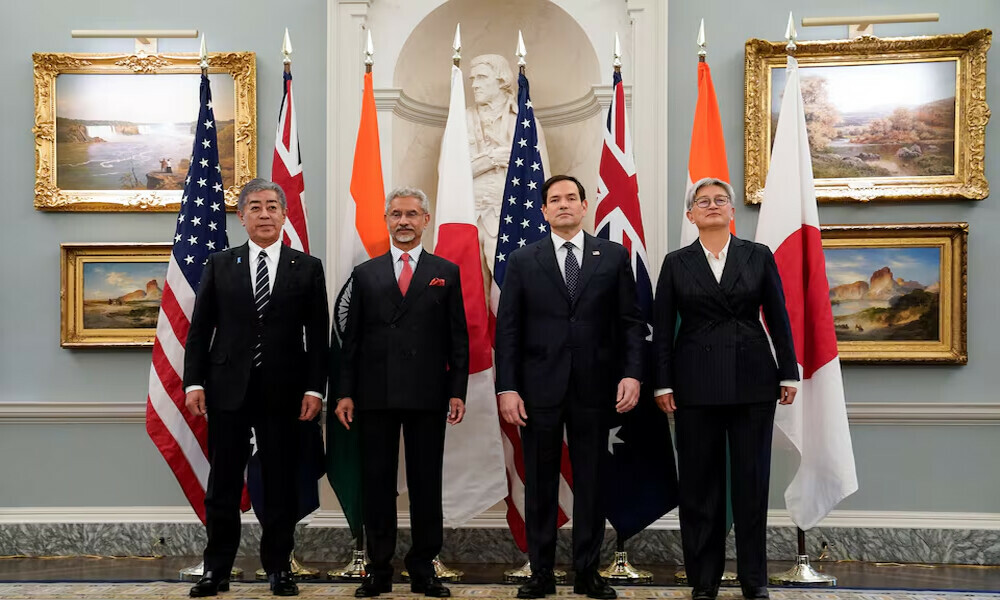
Ghulam Ali, Deputy Director, Hong Kong Research Center for Asian Studies
Mar 04, 2025
The Asia-Pacific region began to exhibit signs of easing major geopolitical tensions in late 2024, but has started to heat up again following President Trump’s return to power in the White House. During the ‘easing’ period, although low-level disputes persisted in the vast region, in the South China Sea, and in cross-strait relations, the risk of a conflict involving regional heavyweights was not imminent.
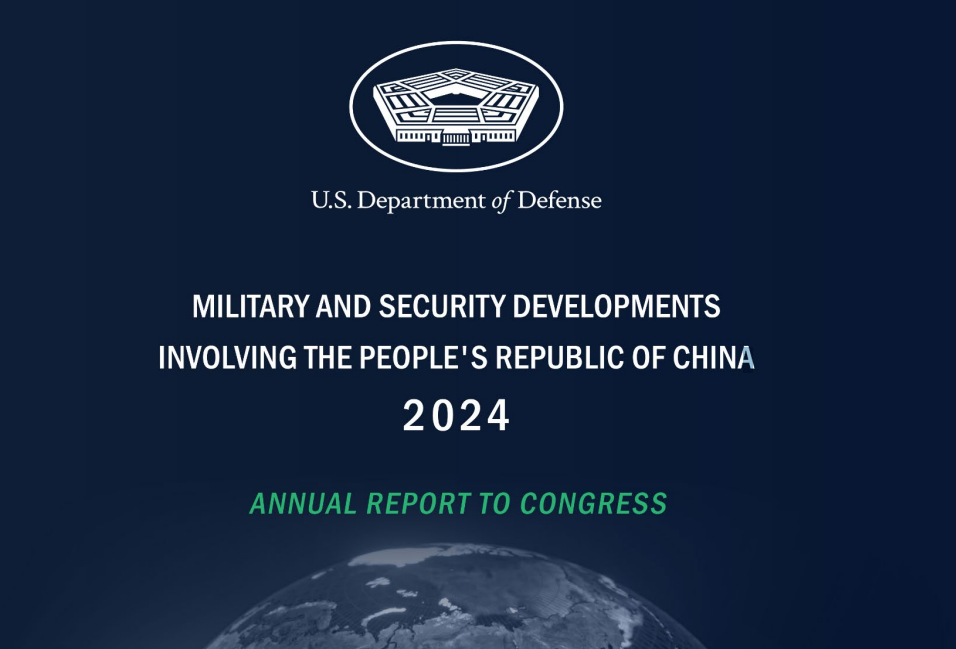
Richard Weitz, Senior Fellow, Hudson Institute
Feb 21, 2025
U.S. Defense Secretary Pete Hegseth urged NATO to take greater responsibility for European security as the U.S. shifts focus to deterring China. The Trump administration’s reassessment of global deployments could foreshadow a strategic pivot, but uncertainties remain over China’s military trajectory and the effectiveness of U.S. policy responses.

Simon Lacey, Head of Digital Trade and Geopolitics at World Economic Forum
Feb 21, 2025
Simon Lacey, Head of Digital Trade and Geopolitics at the World Economic Forum, in a recent interview with Marc Smrikarov of China-US Focus, discusses areas where U.S. and Chinese interests align, such as global financial stability and freedom of navigation. Additionally, he emphasizes the need for patience and understanding on both sides, and to recognize the importance of cooperation in a shifting multipolar world. He also highlights the fragmentation of AI development between the U.S. and China, warning that the lack of cross-collaboration could hinder innovation, and urges a more rational approach to labeling AI and semiconductors as dual-use technologies in national security contexts.